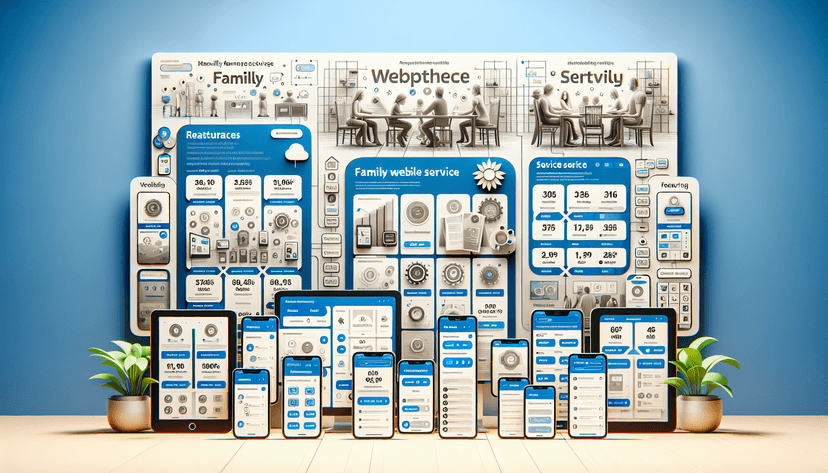
Complete List of Family Website Services: Comprehensive Comparison Guide
Discover the ultimate resource for comparing family website services. Our comprehensive list includes detailed reviews, features, and recommendations to help you choose the perfect platform for your family.













